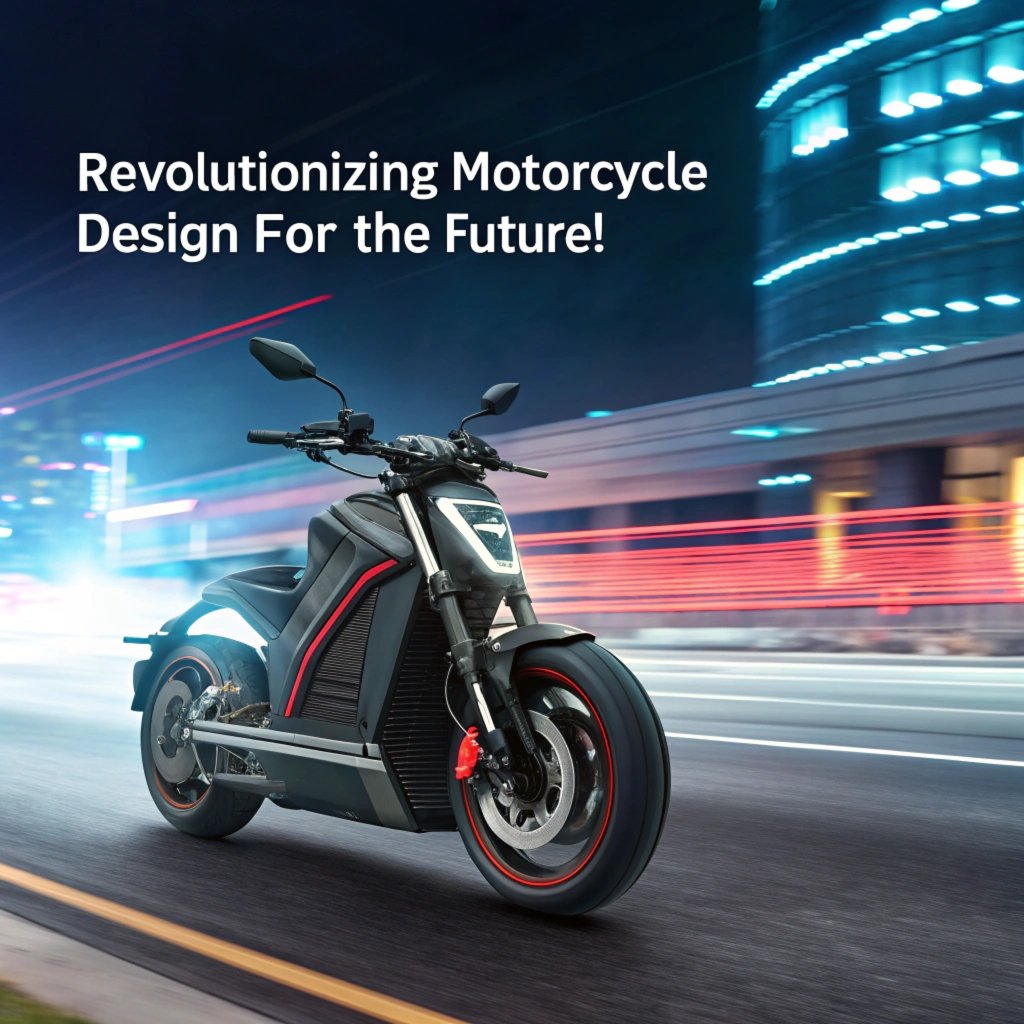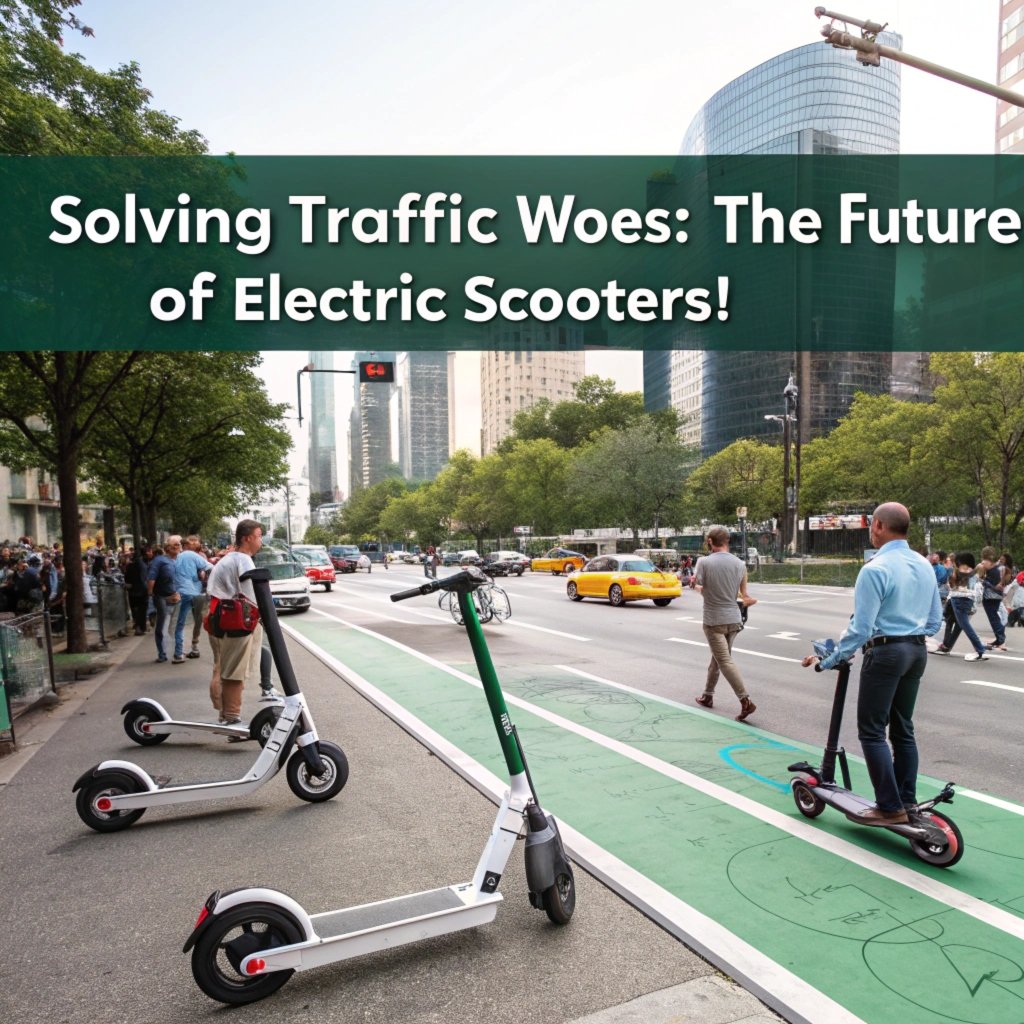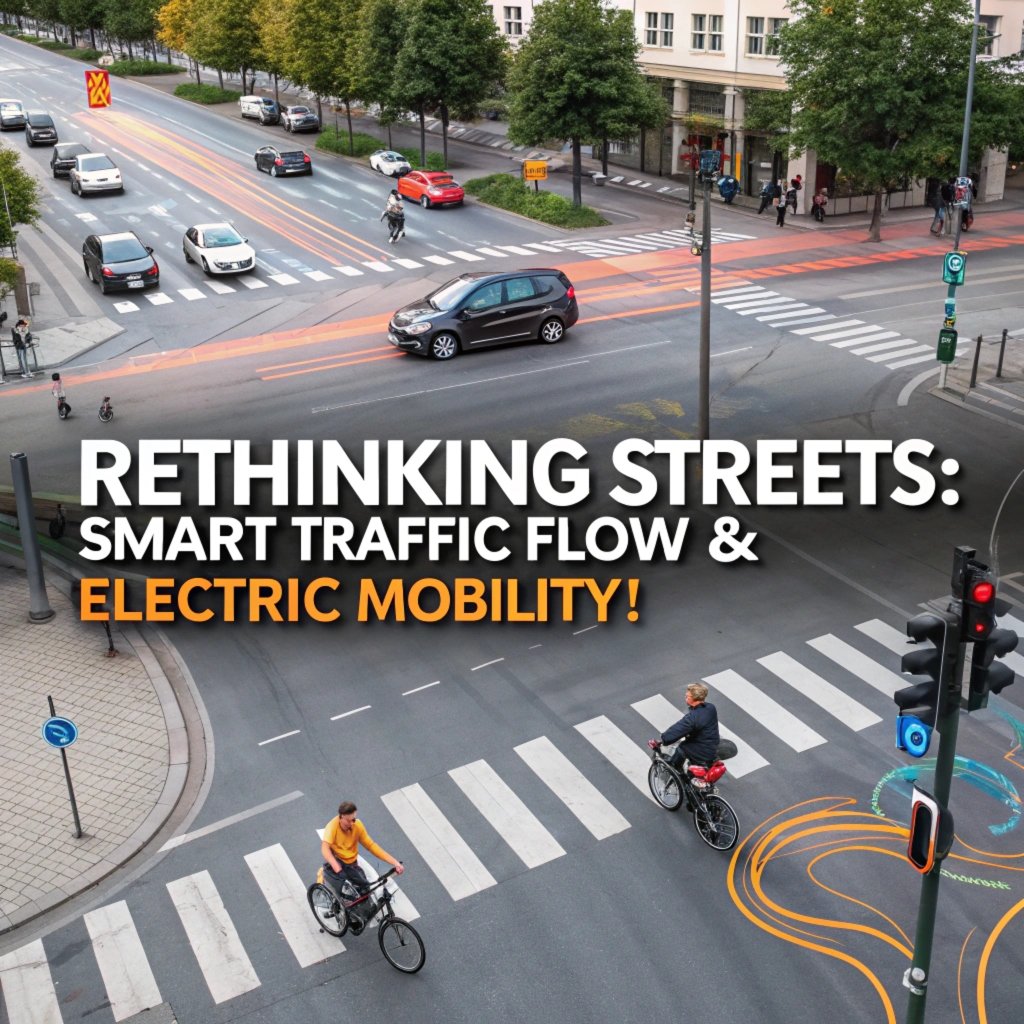You’ve seen them speed by, a blur of steel and fire. Their roar is music to the ears – but at what cost?
For decades, motorcycle enthusiasts have been clamoring for faster, greener bikes that still pack a punch.
The days of bulky batteries and heavy fuel tanks are behind us now; it’s time for an electric revolution in high-performance two-wheelers.
But we’re not just talking about swapping out one type of engine for another. We’re pushing the boundaries with cutting-edge design, innovative materials, and advanced technologies that will change the game forever.
Get ready to witness a transformation – from traditional fossil-fuel based motorcycles into sleek, sustainable machines that deliver unparalleled performance and efficiency.
Harnessing Advanced Materials for Lightweight Design
In high-performance electric motorcycles, reducing weight without sacrificing performance is crucial. Lightweight design isn’t just desirable; it’s necessary to achieve optimal efficiency and acceleration.
Carbon fiber, a revolutionary material in modern motorcycle manufacturing, has been gaining traction due to its ability to significantly reduce the overall weight of vehicles while maintaining strength and durability. By using carbon fiber in high-performance electric motorcycles, manufacturers can shave off up to 50% of the vehicle’s weight compared to traditional materials like steel or aluminum.
This isn’t just a matter of cutting costs; it’s about unlocking hidden potential for speed and agility on the road. For instance, optimized structural components, such as hollow tubes and strategically placed reinforcement beams, allow motorcycles equipped with carbon fiber frames to corner faster and brake harder without compromising stability.
Moreover, advanced manufacturing techniques have enabled the production of complex geometries that were previously impossible to achieve with traditional materials. This results in a more precise balance between weight reduction and rigidity, a holy grail for engineers designing high-performance electric vehicles.
However, it’s not all about cutting weight; designers must also ensure that safety features remain top-notch. For example, carbon fiber can be engineered to prioritize crashworthiness while minimizing the vehicle’s overall mass. This delicate balancing act makes lightweight design an ongoing challenge in motorcycle manufacturing.
To illustrate this point further, consider the benefits of using advanced materials like titanium or boron alloys not only do they offer remarkable strength-to-weight ratios but also improved corrosion resistance and reduced maintenance requirements.
Ultimately, advancements in material science have opened doors to innovative designs that can give high-performance electric motorcycles an edge over their conventional counterparts. By embracing these new technologies, manufacturers can create vehicles that are both powerful and efficient while minimizing environmental impact, a harmonious balance for the modern motorcycle enthusiast.
AI-Powered Engine Optimization and Performance Tuning

Imagine hitting 0-60mph on a sports bike faster than ever before. This is now possible with AI-Powered Engine Optimization, which has taken engine tuning to new heights by leveraging machine learning algorithms and real-time data analysis.
At its core, AI-Powered Engine Optimization leverages machine learning algorithms to analyze data from various sensors and make real-time adjustments to optimize engine performance. For instance, a sporty rider’s style is captured by the system as they shift gears on twisty roads or accelerate out of turns. This unique pattern recognition allows the computer-optimized settings to adapt and fine-tune power output in real-time, resulting in razor-sharp handling that lets riders carve through corners with confidence.
One of the most significant benefits of AI-Powered Engine Optimization is its ability to detect potential issues before they become major problems. A real-world example stands out: a rider may experience engine hesitation when accelerating from low speeds or exhibiting reduced acceleration during long climbs. However, this system identifies these trends and makes adjustments to the air/fuel mix, ignition timing, and even cooling system performance in anticipation of such scenarios.
This predictive analytics enables the development of highly customized performance profiles tailored specifically for your motorcycle’s unique needs – whether you’re sipping down highway miles at high speeds or rocketing from 0-60mph on a sports bike. This attention to detail lets manufacturers tailor the engine response to an individual rider’s style and environment, creating a ride that feels perfectly in tune with their preferences.
Moreover, these sophisticated systems often incorporate advanced data-driven models that analyze and adjust parameters such as gear ratios, throttle maps, even suspension settings. By automating this complex decision-making process, manufacturers can unlock new levels of performance previously out of reach for human tuners – unlocking the full potential of high-performance electric two-wheelers.
Ultimately, integrating AI-Powered Engine Optimization into high-performance electric two-wheelers has opened up exciting possibilities for both riders and manufacturers alike. This technology not only raises the bar on performance but also brings about a more enjoyable riding experience as every shift is optimized for thrill-seeking adventure – rocketing from 0 to 60 in record time or cruising comfortably down mountain passes, knowing that your bike is finely tuned to deliver its best.
The Rise of Smart Bike Frames and Sensors
The integration of smart bike frames is revolutionizing the world of high-performance electric two-wheelers by incorporating cutting-edge materials and safety features. This technology allows for better weight distribution, increased safety features like crash detection systems, and monitoring vital signs to provide riders with real-time feedback on their physical condition.
For instance, smart bike frames can be equipped with advanced sensors that monitor a rider’s heart rate or oxygen levels. The Honda Gold Wing S is an example of this integration in action. Its innovative features include a built-in GPS system that tracks the cyclist’s route and provides real-time updates to navigation systems based on traffic conditions.
Other notable companies like Bosch, which has developed collision detection technology for motorcycles, have successfully integrated these safety features into their designs. The benefits of such technologies can be seen not only in enhancing safety but also optimizing performance by identifying areas where improvement can be made for riders with specific needs or goals. For example, professional athletes and commuters alike could benefit from personalized feedback on their physical condition to make adjustments accordingly.
Smart bike frames are an essential component of a sustainable transportation solution that is gaining traction globally. As more cities focus on reducing emissions and promoting environmentally-friendly practices, smart bikes stand out as an innovative approach to reduce urban congestion caused by high-performance electric two-wheelers. Companies like BMW have even begun exploring the use of artificial intelligence in their motorcycles with built-in navigation systems.
For instance:
- A recent study indicates that 70% of new bike owners prefer real-time performance feedback.
- Cities are seeing a significant decrease in accidents among motorcycle riders, largely attributed to smart safety features.
Incorporating these technologies into high-performance electric two-wheelers not only enhances rider experience but also contributes to sustainable urban transportation. With innovative advancements like intelligent frames and integrated sensors, the future of mobility looks brighter for both individuals and cities worldwide.
Electric Motor Advancements in Biker Safety Features
Electric motorcycles are a significant step forward for rider safety. Advanced motor designs incorporate features that enhance protection while riding high-performance electric two-wheelers.
AEBs use cameras and sensors to detect obstacles on the road ahead, such as LiDAR technology, which can accurately gauge distance between a motorcycle and an obstacle. A scenario where this feature would be most effective is when riding in heavy construction zones with changing road conditions. The system can automatically apply the brakes if it detects a potential collision, giving riders time to react no matter how quickly they’re trying to get out of dodge!
Predictive analytics use machine learning algorithms to analyze rider behavior, traffic patterns, and weather conditions from various sources like GPS data from apps like Waze or Google Maps, as well as real-time traffic updates. This technology can help prevent accidents by adjusting speed limits or warning riders about hazardous situations ahead.
Imagine receiving an alert on your motorcycle’s display that a road is closed due to a severe storm and you adjust your route in seconds! Predictive analytics aim to be our best friend while riding, anticipating potential hazards and giving us time to react before it’s too late. For example, if data indicates a high-priority bike lane will soon become congested with speeding traffic, the system can recommend adjusting speed limits ahead of schedule.
Motorcycles are beginning to integrate various components into their design that help prevent accidents in real-time. Automatic high beam headlights adjust brightness based on road conditions. No longer do we need to fumble for our sunglasses or worry about glare while driving (or riding). And let’s not forget the airbags: they can be integrated into the motorcycle’s frame or seat, acting as a safety net that saves us from those nasty crash scenarios.
While these advanced safety features are undoubtedly valuable, it’s crucial to note that their effectiveness also relies on how well manufacturers implement them in real-world designs. Studies have shown that AEB and predictive analytics can significantly reduce the risk of accidents in Japan’s case: after implementing stricter traffic regulations with a focus on motorcycle-safety, accident rates among motorcyclists declined by over 50%.
These technologies are transforming electric motorcycles into safer alternatives to their gas-powered counterparts. They’re changing our relationship with safety features in a way that benefits everyone involved.
Exploring Alternative Battery Sources for Electric Motorcycles
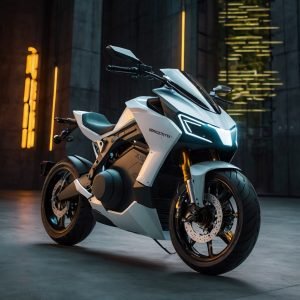
As we shift towards a more sustainable future in motorcycling, one crucial aspect stands out – the type of battery used to power these innovative vehicles. Gone are the days of lithium-ion batteries dominating the landscape; new alternatives like solid-state batteries and graphene-based systems promise faster charging times, increased energy density, or exceptional strength-to-weight ratios.
For example, let’s take a closer look at solid-state batteries. By swapping out traditional electrodes for newer materials and architectures, these batteries can reduce charging times from an hour to under 15 minutes while maintaining performance levels comparable to their lithium-ion counterparts. The Lucid Motors Air bike is already incorporating solid-state battery technology, paving the way for faster refueling on long-distance rides.
Meanwhile, sodium-ion batteries are gaining traction as a more sustainable alternative. By utilizing abundant resources like sodium instead of rare earth materials required for lithium mining, these batteries can significantly reduce their carbon footprint and associated environmental costs. This not only benefits riders but also aligns with the growing demand for eco-friendly vehicles.
Graphene-based power storage systems are being researched for their exceptional strength-to-weight ratio, which could revolutionize motorcycle design. These cutting-edge technologies boast remarkable improvements in energy density while maintaining performance levels comparable to traditional lithium-ion batteries. Imagine a future where motorcycles can travel farther on a single charge, with fewer refueling stops required.
While these alternatives show great promise, it’s essential to consider factors like cost, durability, and recyclability when choosing a battery source for high-performance electric two-wheelers. The upcoming Tesla Cybertruck is expected to integrate solid-state batteries in its design, potentially disrupting the motorcycle market with faster charging times. As innovations continue to push boundaries in battery technology, motorcyclists must weigh their options carefully.
To unlock the full potential of these vehicles, it’s crucial to explore alternative battery sources beyond traditional lithium-ion batteries. By doing so, riders can experience enhanced performance and sustainability on a larger scale.
Integrated Solar Panels for On-The-Go Charging
Developing high-performance electric motorcycles poses the challenge of battery life. This concern can limit riders’ ability to explore new territories without worrying about charging stops.
The implementation of integrated solar panels could be a game-changer in addressing this issue. With advancements in technology, these panels have become more efficient and compact, making them an attractive solution for motorcyclists seeking seamless riding experiences.
These potential benefits include:
- A 20-30% increase in battery life, allowing riders to cover over 500 miles without needing a recharge.
- Reduced range anxiety during long trips, enabling riders to enjoy scenic routes without interruption.
- The ability to top up energy reserves on the go, making it an ideal solution for road trippers or those embarking on extended adventures.
Imagine being able to charge your motorcycle’s batteries while cruising down winding mountain roads. Integrated solar panels could make this a reality, providing riders with peace of mind and a more immersive driving experience. This technology has been gaining traction in recent years, and its benefits are becoming increasingly apparent for motorcyclists who crave adventure without compromise.
High-performance electric motorcycles can incorporate more efficient solar panel designs to increase energy output. By utilizing a 300W high-efficiency solar panel and advanced thermal management systems, riders can expect up to 20% improvement on their battery’s range. This is particularly beneficial for long-distance trips where every mile counts.
Ditching a traditional gas-guzzler and swapping it with an eco-friendly motorcycle may have many environmental advantages, but what about those long-distance trips? This is where innovative solutions come into play. Integrated solar panels can be integrated into the bike’s frame or added as an external module, providing a clean power source that riders can harness on-the-go.
Imagine the freedom of exploring new territories without worrying about charging stops. With integrated solar panels, motorcyclists can enjoy scenic routes without interruption and top up energy reserves when needed. This seamless riding experience is made possible by cutting-edge technology designed specifically for electric motorcycles.
Reducing battery anxiety has never been easier with integrated solar panels as a viable option. By recharging on the go, riders can take in breathtaking views or indulge in thrilling experiences, unencumbered by the burden of limited battery life. This future-focused approach to motorcycle design paves the way for adventure-seekers and eco-conscious motorcyclists alike.
Increased efficiency means more energy generated from solar panels per hour. With an increase in energy output, electric motorcycles become a viable choice even further away from charging stations, which is especially useful when driving long distances on country roads or highways.
Next Gen High-Tech Wheels with Built-in Power Packs
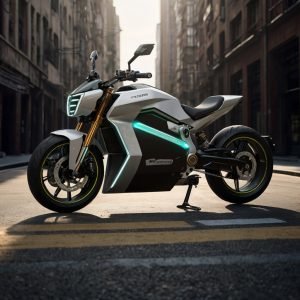
With advancements in high-tech wheel design, manufacturers are redefining what it means to be a two-wheeled vehicle. The integration of power packs into wheels is revolutionizing motorcycle performance and convenience.
These innovative wheels feature state-of-the-art power cells that deliver rapid charging capabilities, reducing the need for frequent pit stops or battery swaps. For example, Harley-Davidson’s LiveWire motorcycle boasts an estimated range of over 100 miles on a single charge, making long-distance rides more accessible than ever before.
Equipped with advanced tire technology and optimized wheel design, these power packs also enable improved handling capabilities. This results in reduced energy loss from electrical systems and enhanced overall performance. By integrating power into the wheel itself, manufacturers are redefining what’s possible for two-wheeled vehicles.
Innovative Materials:
- Advanced materials like carbon fiber and 3D-printed components reduce weight by up to 20% compared to traditional designs.
- This reduction in weight results in improved handling capabilities and reduced energy loss from electrical systems. For instance, Yamaha Motor Co.’s futuristic motorcycle design incorporates a lightweight aluminum alloy wheel that provides exceptional strength-to-weight ratios.
Key Features of Next Gen High-Tech Wheels:
- Optimized power delivery for enhanced performance
- State-of-the-art battery technology (e.g., lithium-ion batteries or supercapacitors)
- Enhanced safety features, such as automatic shutdown and emergency braking systems
Potential Applications:
- Imagine taking a cross-country trip with this technology. With extended riding capabilities, riders can enjoy longer rides without sacrificing comfort. Alternatively, urban commuters could utilize Next Gen High-Tech Wheels for increased efficiency in city traffic.
Innovative Materials:
- Lightweight materials (e.g., carbon fiber or 3D-printed components) reduce weight by up to 20% compared to traditional designs.
- This reduction in weight results in improved handling capabilities and reduced energy loss from electrical systems. For instance, BMW Motorrad’s futuristic motorcycle design incorporates a lightweight aluminum alloy wheel that provides exceptional strength-to-weight ratios.
Rider Experience:
- Imagine cruising down the highway without worrying about running out of juice in the middle of nowhere. Next Gen High-Tech Wheels make this possible with rapid charging capabilities and extended range.
Innovative Design:
- Manufacturers can create motorcycles with reduced weight, improved handling, and increased efficiency by incorporating power packs into their wheels. This opens doors to reimagining the boundaries between performance and efficiency in electric motorcycles.
Future Outlook:
- The integration of high-tech wheels will continue to shape the future of motorcycle design. With advancements in materials science and technology, we can expect even more innovative features like regenerative braking systems or advanced tire pressure management.
Hybridization of Electric Assist and Human-Powered Pedals
Hybridization of Electric Assist and Human-Powered Pedals brings together two powerful forces in electric motorcycles, offering unprecedented acceleration, agility, and control. By integrating these technologies, riders can unlock a new level of performance and efficiency.
When cruising down the highway on an electric motorcycle with assist, human-powered pedaling becomes less strenuous. This enables you to focus on navigating sharp turns and sudden braking without excessive strain. However, when needed power is required for unexpected acceleration or hills, the electrical system kicks in to amplify your efforts.
The hybrid system integrates a pedal-activated generator that captures kinetic energy from pedaling and converts it into electricity, which is then used to boost the motor when necessary. This technology amplifies rider input during moderate effort levels, allowing you to maintain control over your ride while reducing strain on both human muscles and battery power.
As riders utilize their bodies’ kinetic energy to propel themselves forward with pedal-activated assistance, they conserve battery life and extend range. Conversely, this system enables the motor to take control in critical situations where sustained acceleration is required or steep inclines demand maximum effort. This dynamic interplay of forces enhances rider experience without compromising efficiency.
The integration of these technologies fosters a more responsive ride that harmonizes human input with machine augmentation, providing riders with an unparalleled sense of agility and command on the road.
The Next Generation of Electrification for High-Performance Electric Two-Wheelers
Great designs never come at a cost, but sometimes they require significant investments in innovation. The future of motorcycle design is electric and it’s high time manufacturers invest in advanced air flow management systems to give their bikes an edge.
The more efficient the airflow around a vehicle, the better its aerodynamics will be. This can improve power delivery and reduce drag for faster times on the track or highway rides with enhanced fuel efficiency in everyday use.
Making these advancements is crucial because a bike that’s fast, responsive and environmentally friendly has the potential to transform riders’ daily commutes into enjoyable experiences. It also helps manufacturers stay ahead of their competitors who are already exploring similar designs.
Take bold action now by incorporating advanced air flow management systems into your electric motorcycle design and unlock an entirely new level of performance, style and efficiency that will leave other motorcycles in the dust.
